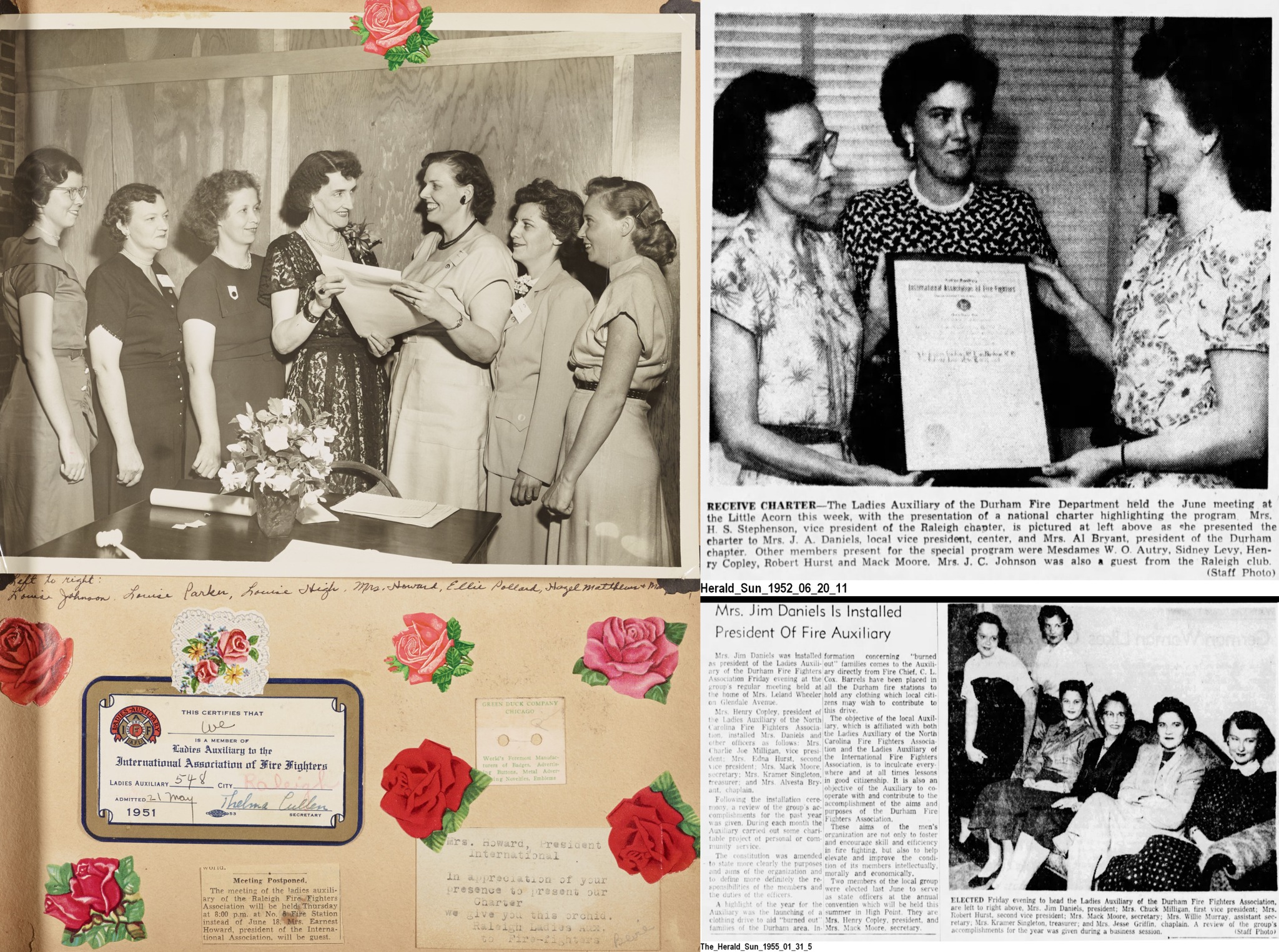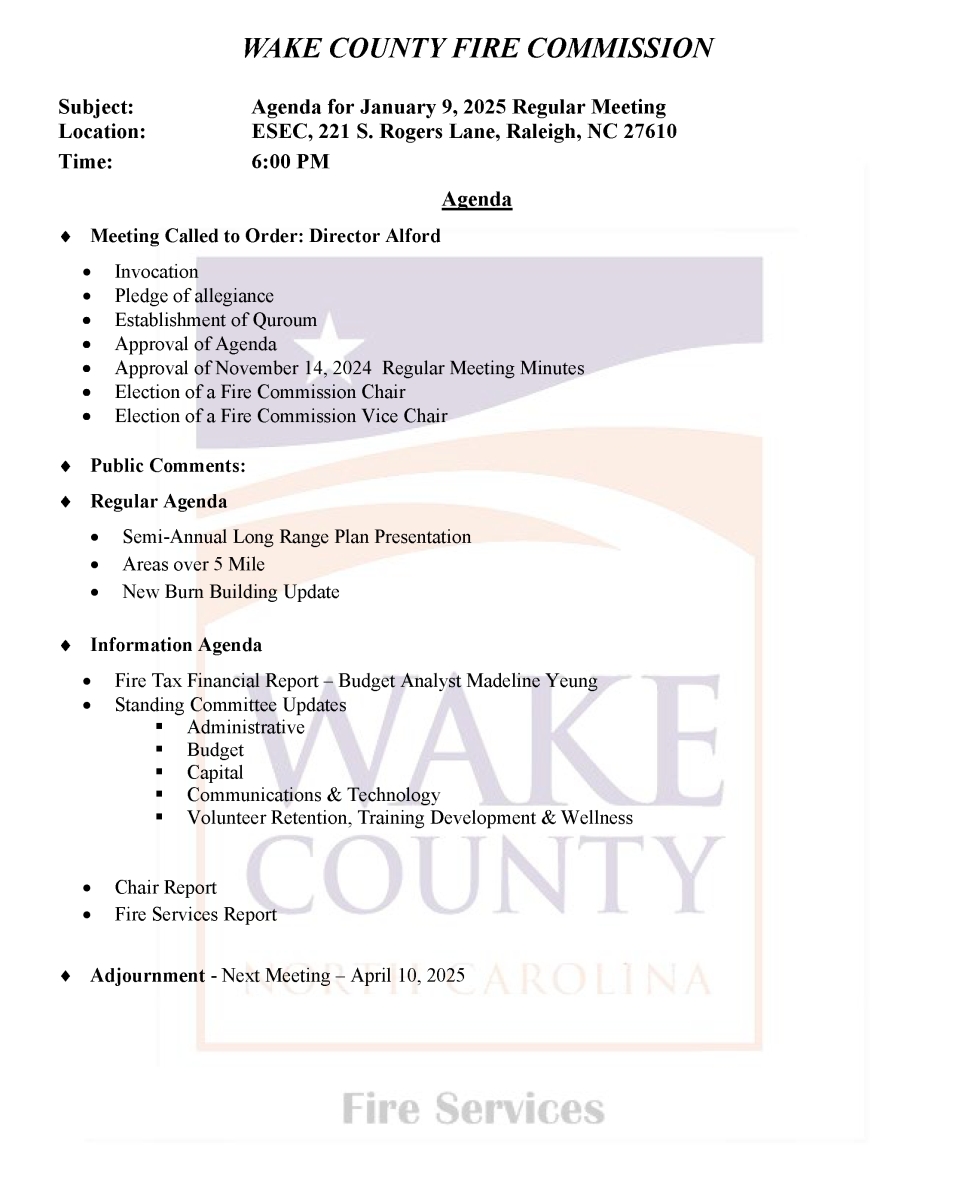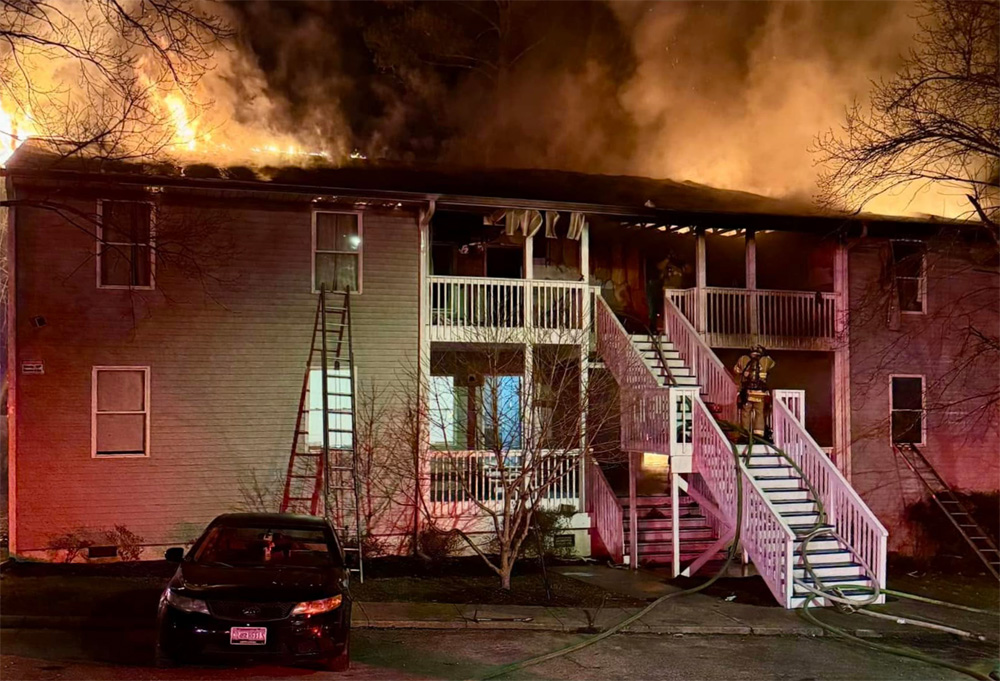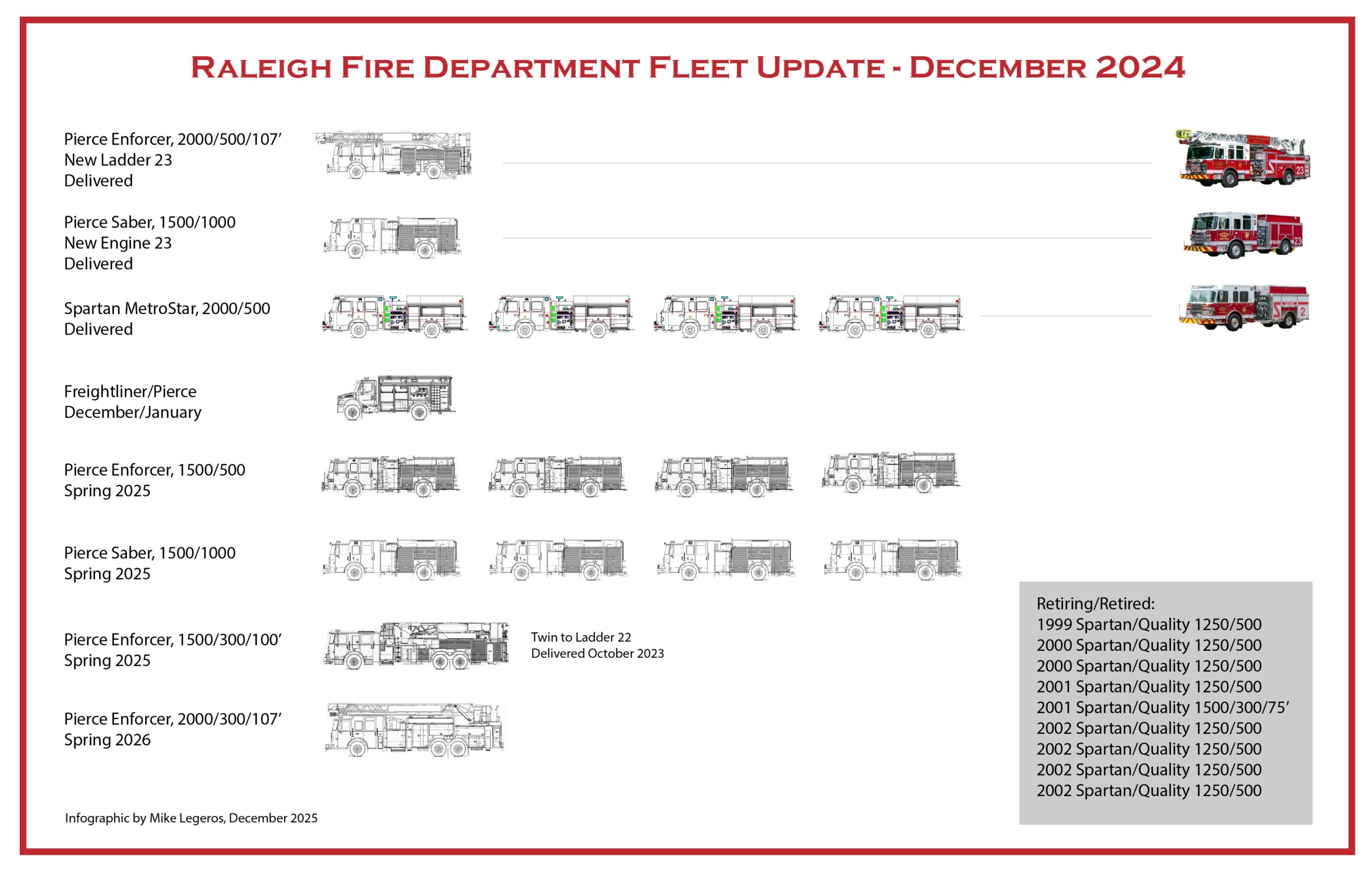
Here are views and narrative notes from the Friday, January 17, 2025, shooting at North Hills. Sources are radio traffic (link below) and news reports.
Dispatched ~10:59 a.m. as active shooter at 4316 The Circle at North Hills Street. Initial dispatch for B4 B5 E16 E6 E9 ISO14 (fire) D3 D6 T1 M21 M44 M65 M78 M902 (EMS).
Incoming units staged both north and south of the location on Six Forks Road, including fire resources directed to Rowan Street for staging, beside nearby Fire Station 9.
No active shooter found. At 11:15 a.m., Raleigh Police issued public statements that there was no active shooter, and asked the public to stay away from the area.
Initial reports of up to three possible patients, and at different reported locations at a mixed-used shopping center/residential apartment complex, on two sides of Lassiter Mill Road at Six Forks Road.
Fire operations and unified command established at nearby Fire Station 9, a block away from the intersection. Police operations later established their command post at the Exxon service station, at the corner of Lassiter Mill at Six Forks.
EMS requested additional units, including four more ambulances. Special fire units to scene included chaplain, fire chief, operations chief, and Rehab 12.
Three shooting victims, one adult male deceased at scene, one adult male (alleged gunman) in critical condition with self-inflicted injury, and one adult male with non life-threatening conditions, per news reports.
From subsequent news reports, it sounds like police and possibly EMS and/or fire tactical rescue teams removed the first two victims from inside a restaurant, where the shooting occurred, and brought them outside and possibly all the way to the intersection of Six Forks and Dartmouth Roads, to a safer initial location for evaluation and treatment, in the event that there was still an active shooter on site.
Six Forks Road, Lassiter Mill Road, and the nearby I-440 ramp to Six Forks Road were closed for some hours, after the incident. At 2:45 p.m., Six Forks Road re-opened in front of the shopping center, per news reports.
Listen to radio traffic.
Screengrabs from WRAL video.
Run card included:
Fire
E9 E6 E16 B5 B4 ISO14
Division Chief 1
Rehab 12 (special called)
Chaplain
Operations Chief
Fire Chief
EMS
M65 M21 M78 M44 M11 M39 M30 M44 M15 M92
M902
D3 D6 D4 D1
EMS200










